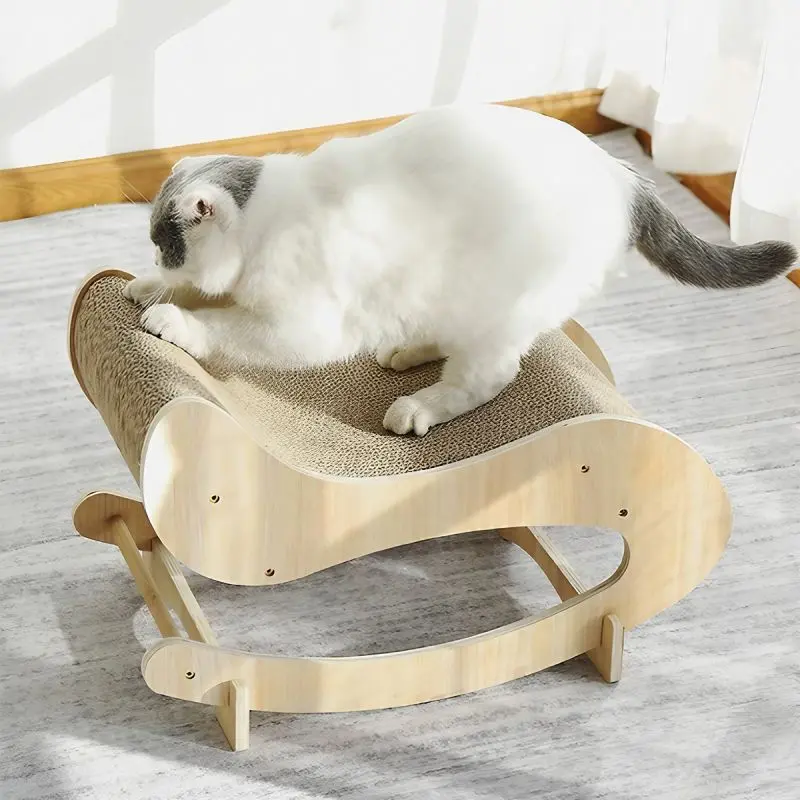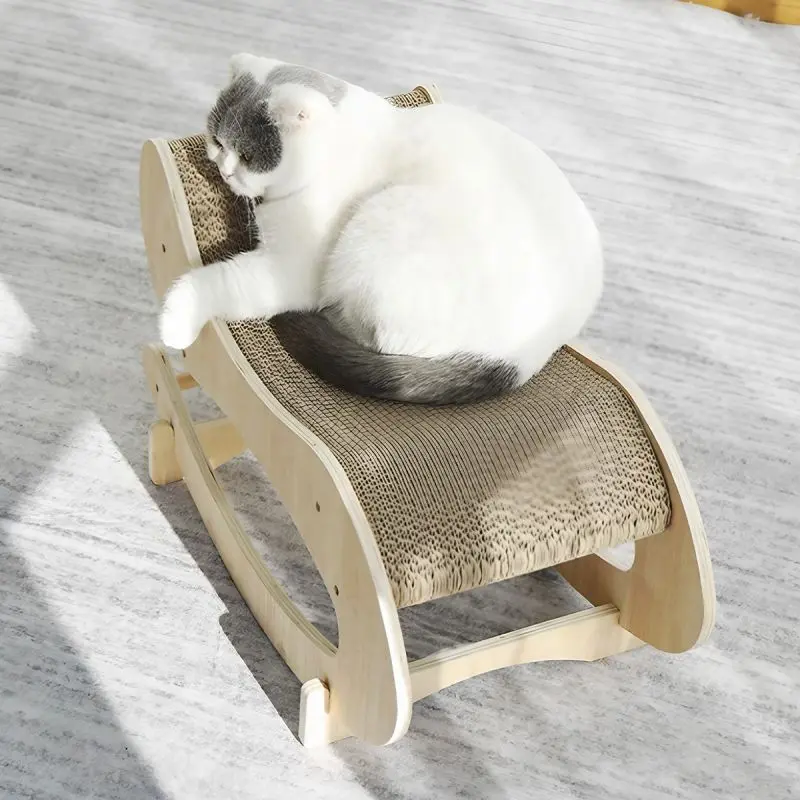As a pet owner, ensuring the safety and well-being of your furry friends is always a top priority. However, when faced with the challenge of dealing with a bed bug infestation in your home, it’s essential to consider the impact on your pets and take necessary precautions to keep them safe during the treatment process. This article aims to provide guidance on how to care for your pets during bed bug treatment, as well as explore the importance of providing a comfortable and secure environment for them, including the use of a cat bed.
Understanding the Impact of Bed Bug Treatment on Pets
Bed bug infestations can be a source of stress and discomfort for both humans and pets. When it comes to treating a bed bug problem, pet owners must be aware of the potential risks and challenges that may arise. Common bed bug treatment methods such as chemical sprays, heat treatments, and fumigation can pose health hazards to pets if they come into direct contact with the chemicals or inhale fumes. Additionally, the process of preparing the home for treatment, including moving furniture and belongings, can disrupt the familiar environment of pets, causing anxiety and confusion.
Creating a Safe Space for Pets During Treatment
To ensure the safety and well-being of pets during bed bug treatment, it’s crucial to create a safe and comfortable space where they can stay during the process. This may involve confining pets to a designated area of the home that is free from treatment activities and potential exposure to chemicals. Providing a cozy and familiar cat bed or pet crate within this space can offer a sense of security and comfort for pets as they navigate through the disruption caused by the treatment process.
Tips for Caring for Pets During Bed Bug Treatment
1. Consult with a Veterinarian: Before initiating any bed bug treatment, it’s advisable to consult with a veterinarian to seek guidance on how to protect your pets from potential exposure to treatment chemicals. Your veterinarian can provide specific recommendations based on the type of treatment being used and the needs of your pets.
2. Secure a Safe Area: Identify a secure area within your home where pets can stay during the treatment process. This area should be free from treatment activities and potential exposure to chemicals, and it should be equipped with your pet’s essentials, including food, water, toys, and a comfortable cat bed or pet crate.
3. Minimize Stress: The upheaval caused by bed bug treatment can be stressful for pets. To minimize their anxiety, maintain a consistent routine as much as possible, provide plenty of attention and reassurance, and consider using calming aids such as pheromone diffusers or natural remedies recommended by your veterinarian
4. Monitor for Signs of Discomfort: Keep a close eye on your pets for any signs of distress or discomfort during the treatment process. If you notice any unusual behavior or symptoms, seek immediate veterinary care to address any potential health concerns.
The Importance of Providing a Comfortable Cat Bed for Pets
In addition to ensuring the safety of pets during bed bug treatment, providing a comfortable and secure environment is essential for their well-being. A cat bed, in particular, can serve as a dedicated space where your feline companion can rest, relax, and feel secure amidst the disruptions caused by the treatment process. Here are some reasons why a cat bed is beneficial for pets during bed bug treatment:
1. Comfort and Security: A cat bed provides a soft and cozy spot for your cat to curl up and feel secure, especially during times of stress and uncertainty. The familiar scent and feel of their own bed can offer a sense of comfort and stability, helping to alleviate anxiety and promote relaxation.
2. Protection from Environmental Changes: Bed bug treatment activities, such as moving furniture and applying…
The rest of this article is available on request.
Post time: Mar-11-2024



